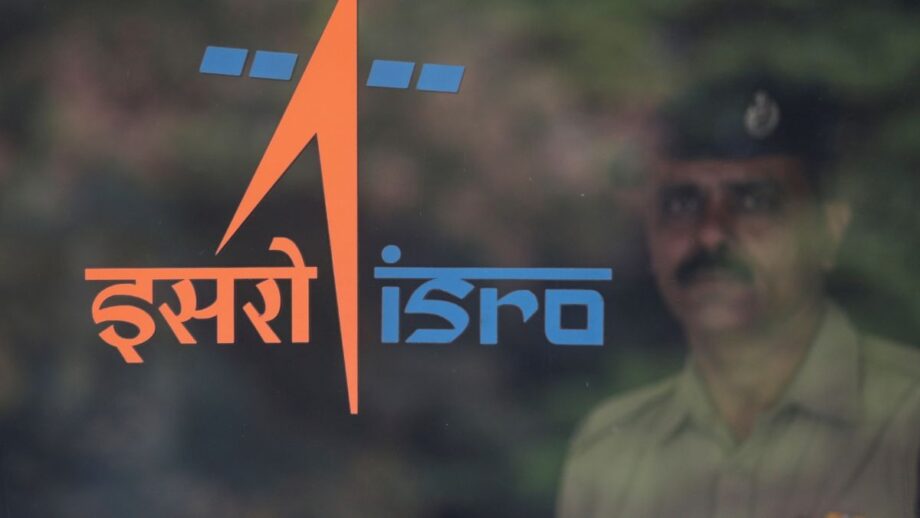- ISRO is facing limited access to advanced technologies, insufficient funding for R&D, and regulatory hurdles
- Overcoming challenges requires increasing investment in aerospace research, forming international partnerships, streamlining regulatory processes, and encouraging private sector participation
- ISRO receives limited funding, with only a small percentage directed towards scientific missions like Chandrayaan and Mars Orbiter Mission
- Scientific missions like Chandrayaan inspire young minds to pursue careers in science and technology, contributing to the nation’s future
- Parth Tiwari, an aerospace scientist at ISRO, worked on the Chandrayaan-3 mission and highlights the importance of these missions for India’s future
Challenges in Accessing Advanced Technologies
Parth Tiwari, the aerospace scientist who played a crucial role in the Chandrayaan-3 mission, shed light on the challenges faced by the Indian Space Research Organization (ISRO) in becoming self-sufficient. One of the primary obstacles highlighted by Tiwari is the limited access to advanced technologies. ISRO, despite its significant achievements in space exploration, still faces barriers in accessing cutting-edge technologies that are essential for pushing the boundaries of space research and innovation.
The advancement of space technology is a dynamic field with rapid developments occurring globally. To stay at the forefront of space exploration, ISRO needs access to state-of-the-art technologies that can enhance the capabilities of its missions. However, due to various factors such as restrictions on technology transfer, lack of collaboration with international partners, and limited indigenous development, ISRO struggles to access the latest innovations in the aerospace industry.
Struggles with Insufficient Funding
In addition to limited access to advanced technologies, Tiwari pointed out another significant challenge faced by ISRO – insufficient funding for research and development (R&D). Despite being a key player in the global space arena, ISRO operates on a relatively modest budget compared to other space agencies around the world. The funding allocated to ISRO for major missions like Chandrayaan-3 and the Mars Orbiter Mission (MOM) is limited, constraining the organization’s ability to undertake ambitious projects and invest in cutting-edge technologies.
Related Video

India’s space program currently consumes only around 0.25 per cent of the annual budget, with a small fraction of that directed towards scientific missions like Chandrayaan and MOM. The majority of resources are allocated to support communication and earth observation satellites, which serve vital functions such as military applications, mass communication, weather forecasting, disaster management, and resource monitoring. While these applications are crucial for national development, scientific missions like Chandrayaan play a pivotal role in inspiring and nurturing the next generation of scientists and innovators.
Regulatory Hurdles and the Path Forward
Apart from limited access to advanced technologies and insufficient funding, Tiwari also highlighted regulatory hurdles as a challenge that ISRO needs to navigate. Regulatory processes can often be complex and time-consuming, hampering the organization’s agility and ability to swiftly implement new technologies and initiatives. Streamlining regulatory processes and creating a more conducive environment for innovation and collaboration is essential for ISRO to overcome these obstacles and thrive in the competitive space industry.
To address these challenges, Tiwari emphasized the importance of adopting a multi-faceted approach. Increasing investment in aerospace research, fostering international partnerships for technology transfer, streamlining regulatory processes, and promoting private sector participation are key strategies that can help propel ISRO towards self-sufficiency and excellence in space exploration. By supporting vendors and startups in developing indigenous technologies, ISRO is paving the way for a vibrant and innovative Indian aerospace industry.
Building a Bright Future for Indian Space Exploration
Despite the challenges and obstacles, Parth Tiwari remains optimistic about the future of Indian space exploration. He believes that with concerted efforts and strategic investments, India can establish itself as a global leader in space technology and exploration within the next decade. The missions undertaken by ISRO, such as Chandrayaan and MOM, not only contribute to scientific discovery but also inspire and motivate the youth to pursue careers in science and technology.
These missions serve as beacons of hope and progress, igniting a passion for research, exploration, and innovation among the aspiring scientists of the country. While not all of these young minds may end up working in the space sector, their contributions to various scientific and technological domains will be invaluable for the nation’s future development. Therefore, investing in scientific missions like Chandrayaan is not just a financial commitment but a strategic investment in India’s future prosperity and advancement.
The journey towards self-sufficiency and excellence in space exploration is a challenging yet rewarding path for ISRO. By addressing the issues of limited access to advanced technologies, insufficient funding, and regulatory hurdles through collaborative efforts and strategic initiatives, ISRO can unlock its full potential and continue to make significant contributions to the global space community. With a dedicated workforce, visionary leadership, and a commitment to innovation, ISRO is poised to achieve new milestones and inspire generations to come.
Links to additional Resources: